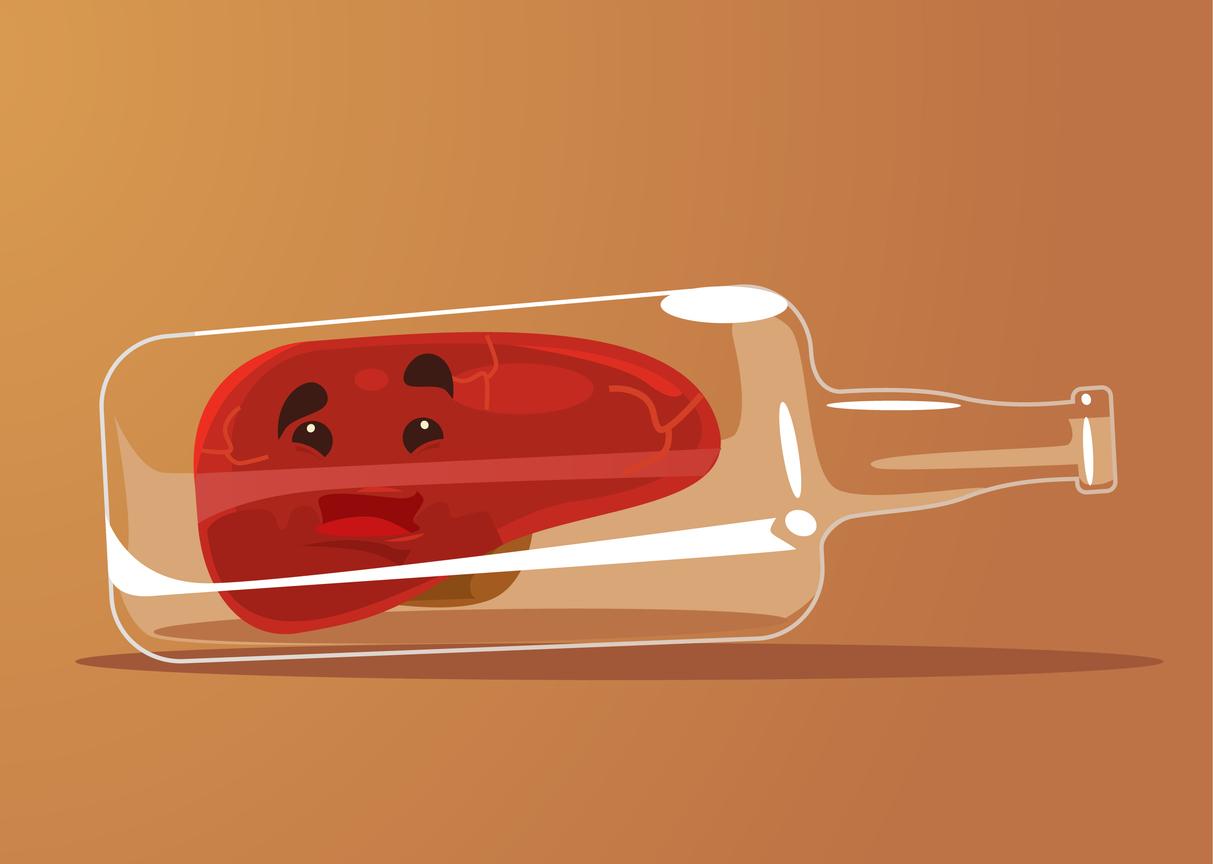On the occasion of a congress on NASH (or fatty liver disease), experts take stock of the various treatments available today. Among them, bariatric surgery gives spectacular results.

- NASH is characterized by an accumulation of fat in the liver, which occurs apart from any excessive alcohol consumption.
- Without treatment, it can lead to cirrhosis or liver cancer.
To treat NASH (or fatty liver disease), bariatric surgery is a radical but very effective method. “After one year, 85% of operated patients no longer have NASH, with a regression of fibrosis in 30 to 40% of cases”, noted Professor Philippe Mathurin (Hospital Huriez, CHRU Lille) during the 6and Paris Nash Meeting digital congress. The long-term results are also spectacular: “Five years after the operation, 85% of patients no longer have NASH, with regression of fibrosis in 60% of cases. More importantly, one out of two patients who had extensive fibrosis, close to cirrhosis, before surgery, had no more fibrosis at five years. continues the international expert.
“Patient selection must be drastic and rigorous”
Philippe Mathurin nevertheless warns: “It should be remembered that bariatric surgery is limited to a certain number of conditions (having a BMI between 35 and 40 with associated comorbidity, or a BMI greater than 40). It is an invasive procedure, with 0.3% operative mortality. The selection of patients must therefore be drastic and rigorous.”
Pathology associated with the metabolic syndrome (abdominal obesity, cholesterol, diabetes, hypertension, etc.), NASH is characterized by an accumulation of fat in the liver, which occurs outside of any excessive alcohol consumption. Without treatment, it can lead to cirrhosis or liver cancer.
“Many identified therapeutic targets”
In 2019, in France, according to a study carried out from the CONSTANCES cohort, 16.7% of the population included had NASH: 24.6% of men and 10.1% of women. The number of cases increases with age and reaches 36.2% in men aged 68-78. Finally, it concerns 79.7% of obese people and 63% of diabetics.
Apart from bariatric surgery, health professionals are quite helpless in the face of NASH, which has no markers. “Patients can be offered hygiene and dietary rules, vitamin E or play on the antidiabetic treatment, summarizes Professor Lawrence Serfaty (Hautepierre Hospital, Strasbourg University Hospital). There are still many therapeutic targets that have been identified in this disease and around sixty new molecules being evaluated for all stages of the disease (steatosis, inflammation, fibrosis)”, concludes the professor of hepatology.
.

















